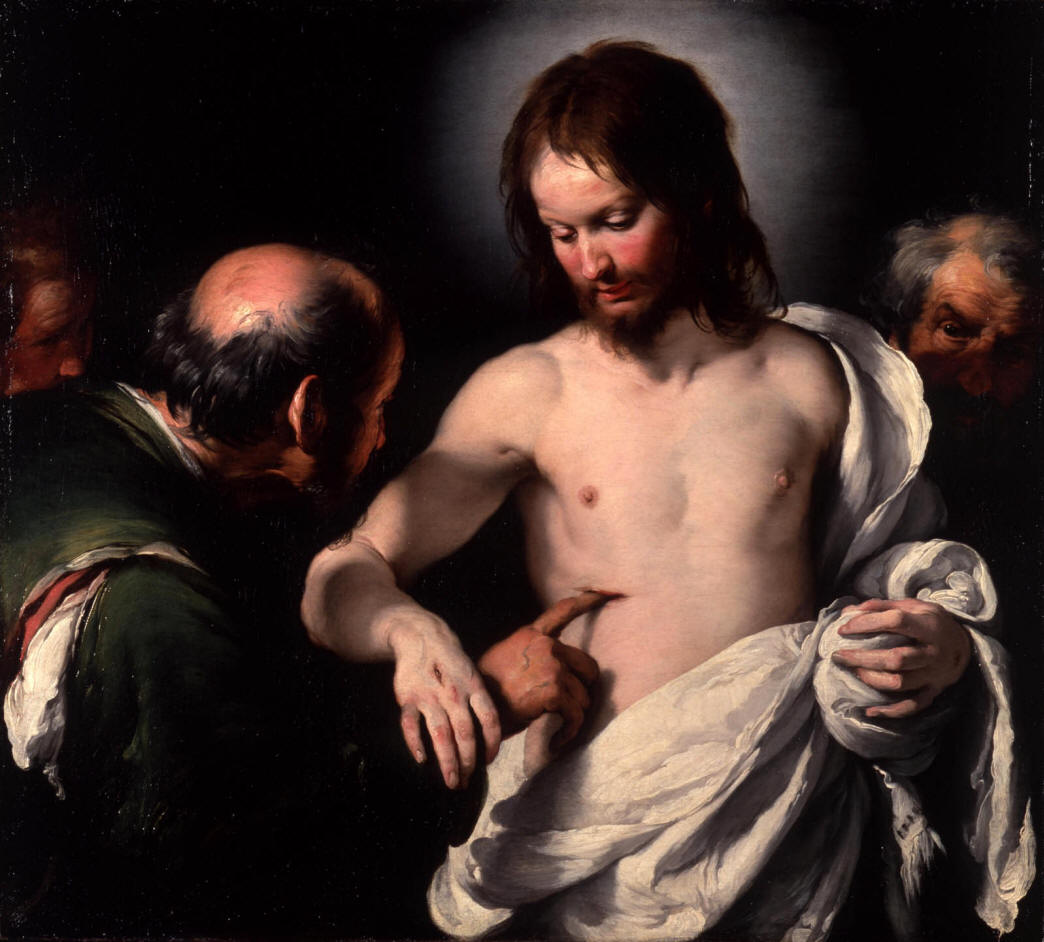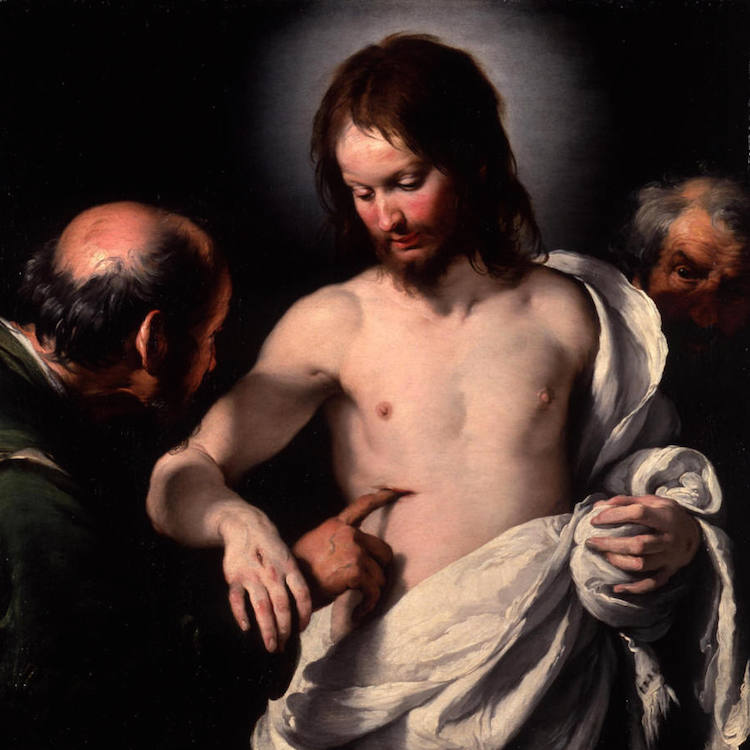 Blessed Anne-Marie Jahouvey was a holy French woman in the early 19th century who, over the strong objections of her father, became a nun and eventually established a religious congregation. She and her sisters were running an orphanage, and one day they ran out of money for food. Anne-Marie–who was commonly known as Nanette—went to a nearby church to pray, and told the Lord, “I need help. I know that I have been imprudent, and perhaps I have gone beyond Your will in many ways. But I have done it for the children. They are more Yours than they are mine. If I have made mistakes, punish me–not them. I beg You, don’t forsake them. Please, please help.” Nanette then heard the voice of the Lord very clearly, Who said: “Why have you come here to express your doubts? Have you no faith in Me? Have I ever disappointed you? Go back to the children.” Nanette returned to the orphanage expecting a miracle. Confidently she went to the pantry and opened the door–only to find that the shelves were still bare. Had she misunderstood? Then she heard the wheels of a cart on the cobblestones of the courtyard. There, with a wagon-load of food, was her father, who grudgingly said, “I don’t know why I am doing this, but I suppose I can’t let you starve.” Nanette realized that God had not only tested her faith, but also confirmed His loving care for her–for indeed, moving her unwilling father to bring assistance for all the orphans and sisters was perhaps a greater miracle than if He had stocked the pantry shelves with food suddenly created out of nothing. (Real Models for Real People, PP.64)
Blessed Anne-Marie Jahouvey was a holy French woman in the early 19th century who, over the strong objections of her father, became a nun and eventually established a religious congregation. She and her sisters were running an orphanage, and one day they ran out of money for food. Anne-Marie–who was commonly known as Nanette—went to a nearby church to pray, and told the Lord, “I need help. I know that I have been imprudent, and perhaps I have gone beyond Your will in many ways. But I have done it for the children. They are more Yours than they are mine. If I have made mistakes, punish me–not them. I beg You, don’t forsake them. Please, please help.” Nanette then heard the voice of the Lord very clearly, Who said: “Why have you come here to express your doubts? Have you no faith in Me? Have I ever disappointed you? Go back to the children.” Nanette returned to the orphanage expecting a miracle. Confidently she went to the pantry and opened the door–only to find that the shelves were still bare. Had she misunderstood? Then she heard the wheels of a cart on the cobblestones of the courtyard. There, with a wagon-load of food, was her father, who grudgingly said, “I don’t know why I am doing this, but I suppose I can’t let you starve.” Nanette realized that God had not only tested her faith, but also confirmed His loving care for her–for indeed, moving her unwilling father to bring assistance for all the orphans and sisters was perhaps a greater miracle than if He had stocked the pantry shelves with food suddenly created out of nothing. (Real Models for Real People, PP.64)
The ultimate miracle granted to a doubting saint is, of course, presented in the Gospel. Less than one week after stubbornly declaring his disbelief in the Resurrection, Thomas was confronted by the Risen Lord, who challenged him to let go of his doubts and believe. Thomas not only proclaimed “My Lord and my God,” he also lived out his faith from then on–preaching the Gospel, according to legend, in India, and eventually dying there as a martyr. Those who have doubts–as long as they remain at least open to the possibility of the truth–can end up having a very strong faith, for God’s grace can work amazing transformations, and He gives some of His greatest blessings to some of the most unlikely candidates for holiness. This can even be true for entire ages of history, and the 20th century is a prime example. During the most violent century in history, in an age marked by militant and murderous atheism, God granted the Church one of the greatest and most important spiritual gifts in her 2000 years of existence: the Divine Mercy Devotion. In His revelations to the polish nun St. Faustina Kowalska in the 1930s, Jesus emphasized that the greatest sinners of all are the ones most entitled to ask for and receive His forgiveness. The specific elements of the devotion include the Image of Divine Mercy; the Divine Mercy Novena, which is prayed for nine consecutive days each year beginning on Good Friday; the Hour of Divine Mercy, or 3 p.m., when our prayers are especially powerful; the Feast of Divine Mercy, or the Sunday after Easter; and the Chaplet of Divine Mercy, a powerful prayer which we are all invited to pray.
This is a prayer which can be prayed anywhere, anytime, either as part of a group or privately; it can be offered for any intention you wish, though it is especially recommended on behalf of the dying, and for the conversion of sinners.







